Asthafen 1 mg is a once-daily oral tablet formulated to help control allergic symptoms and to support the prevention of mild atopic asthma flare-ups in people prone to allergy-driven breathing problems. The active ingredient works as an antihistamine and a mast-cell stabilizer.
Key Features
| About Asthafen 1 mg | |
|---|---|
| Drug Class | Antihistamine |
| Subclass | Mast cell stabilizer |
| Product Details | |
|---|---|
| Composition | Active ingredients:
|
| Packaging Type | Tablet |
| Pack Size | 60 Tablets |
| Dosage | As prescribed by the doctor |
| Therapeutic class | Asthma prophylaxis, Anti-allergic |
| Action Class | Histamine H1-receptor antagonist |
| Chemical class | Benzocycloheptathiophene derivative |
| Manufacturer | Torrent Pharmaceutical Ltd |
| Shelf Life | 2–3 years from the date of manufacturing |
| Usages | Treatment of Asthma and Chronic Obstructive Pulmonary Disease (COPD) |
| Country of Origin | India |
| Storage | Store at room temperature below 30°C, away from moisture and direct sunlight |
How does Asthafen 1 mg work?
- Antihistamine action: Asthafen 1 mg blocks histamine H1 receptors. When histamine is stopped from binding, common allergy signs runny nose, sneezing, and itchy eyes and nose, are reduced.
- Mast-cell stabilizer action: Asthafen 1 mg also stabilizes mast cells. Stabilized mast cells release fewer allergy mediators (like histamine) when exposed to triggers. Over weeks of regular use, this stabilizing effect can reduce airway inflammation that helps cause some asthma symptoms.
How does this combination work?
Asthafen 1 mg acts on two common allergy pathways: it prevents histamine from acting and it keeps mast cells from dumping allergy chemicals. This two-fold effect helps both immediate symptoms (like itching and a runny nose) and longer-term sensitivity that fuels repeated breathing problems. That is why tablets with this active profile are often used as daily preventive therapy for people with allergy-linked asthma.
Uses
- Daily prevention of allergy symptoms (seasonal and perennial allergic rhinitis).
- Relief of allergic conjunctivitis (itchy, red, watery eyes).
- Prophylactic (preventive) management of mild atopic asthma where allergies are a major trigger. Asthafen 1 mg is not a rescue medicine for sudden breathing trouble. Always keep a short-acting rescue inhaler for acute attacks.
Dosage
A commonly used adult dose for ketotifen tablets is 1 mg twice daily or as directed by the prescriber; some regimens use 1 mg once daily at night for people who are sensitive to sedation. For Asthafen 1 mg, follow your prescriber’s exact instructions on dose and schedule.
How to use Asthafen 1 mg step-by-step
- Read the patient information leaflet that comes with the pack.
- Take Asthafen 1 mg with or after food if your doctor advises (some patients tolerate it better this way).
- Swallow the tablet whole with water.
- If you are started on Asthafen 1 mg for asthma prevention, expect benefit after several weeks of regular dosing, keep taking it unless advised to stop.
- Do not use Asthafen 1 mg as an emergency rescue for sudden breathlessness. Use a rescue inhaler and seek urgent care if needed.
Side effects
- Drowsiness or sedation (may be worse at first).
- Dry mouth.
- Irritability or restlessness (especially in children).
- Gastrointestinal upset (rare).
- Headache or dizziness in some people.
Interactions
- Alcohol and other sedating drugs may increase drowsiness. Avoid or limit alcohol.
- Tell your doctor about other medicines, especially anti-seizure drugs or strong sedatives.
- Always provide a full medication list to your pharmacist or prescriber.
Pharmacokinetics
When taken by mouth, the active drug is absorbed and reaches the bloodstream. Most of the effect is on tissues where mast cells and allergic reactions occur. The drug is metabolized and eliminated from the body; specific absorption numbers vary by formulation and population. For contact-lens or eye drop formulations of ketotifen, the systemic absorption is very small; oral tablet pharmacokinetics differ and are covered in product-specific leaflets.
Precautions
- Children: Dosing and use in children must follow pediatric guidance. Some antihistamines can cause paradoxical hyperactivity in kids.
- Older adults: May be more sensitive to sedation and dizziness. Start at low doses if advised.
- Pregnancy/breastfeeding: Limited safety data use only on medical advice.
Conclusion
Asthafen 1 mg is presented here as an oral antihistamine + mast-cell stabilizer product concept that helps control allergy symptoms and may prevent allergy-triggered mild asthma flares when used regularly. It is not a rescue medicine. If your healthcare provider prescribes Asthafen 1 mg (or a branded tablet with ketotifen as the active drug), follow the instructions and report any worrying side effects. For broader asthma care, follow national asthma guidelines and carry a rescue inhaler for emergencies.
References
https://pubchem.ncbi.nlm.nih.gov/compound/Ketotifen
https://www.nhlbi.nih.gov/health/asthma

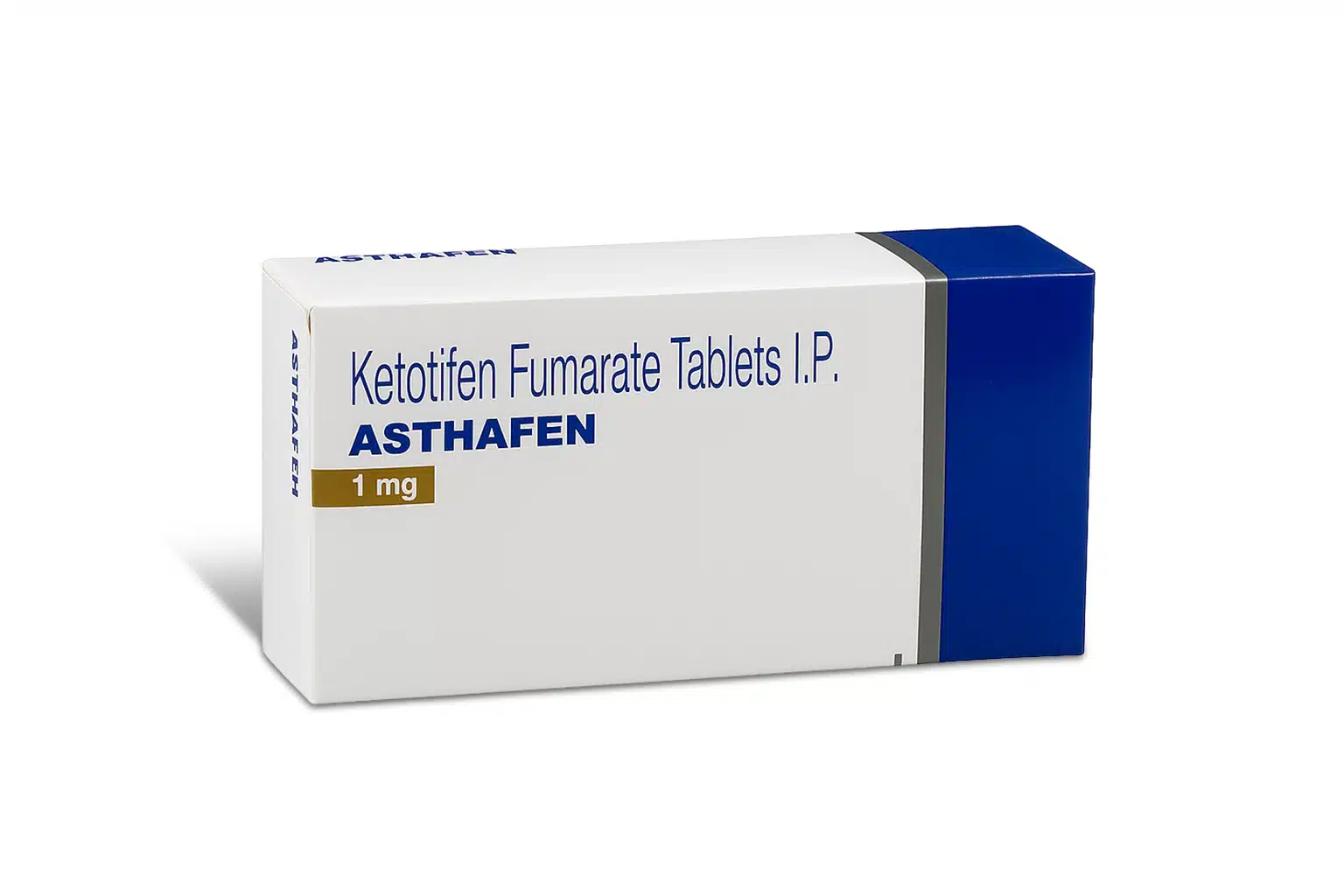
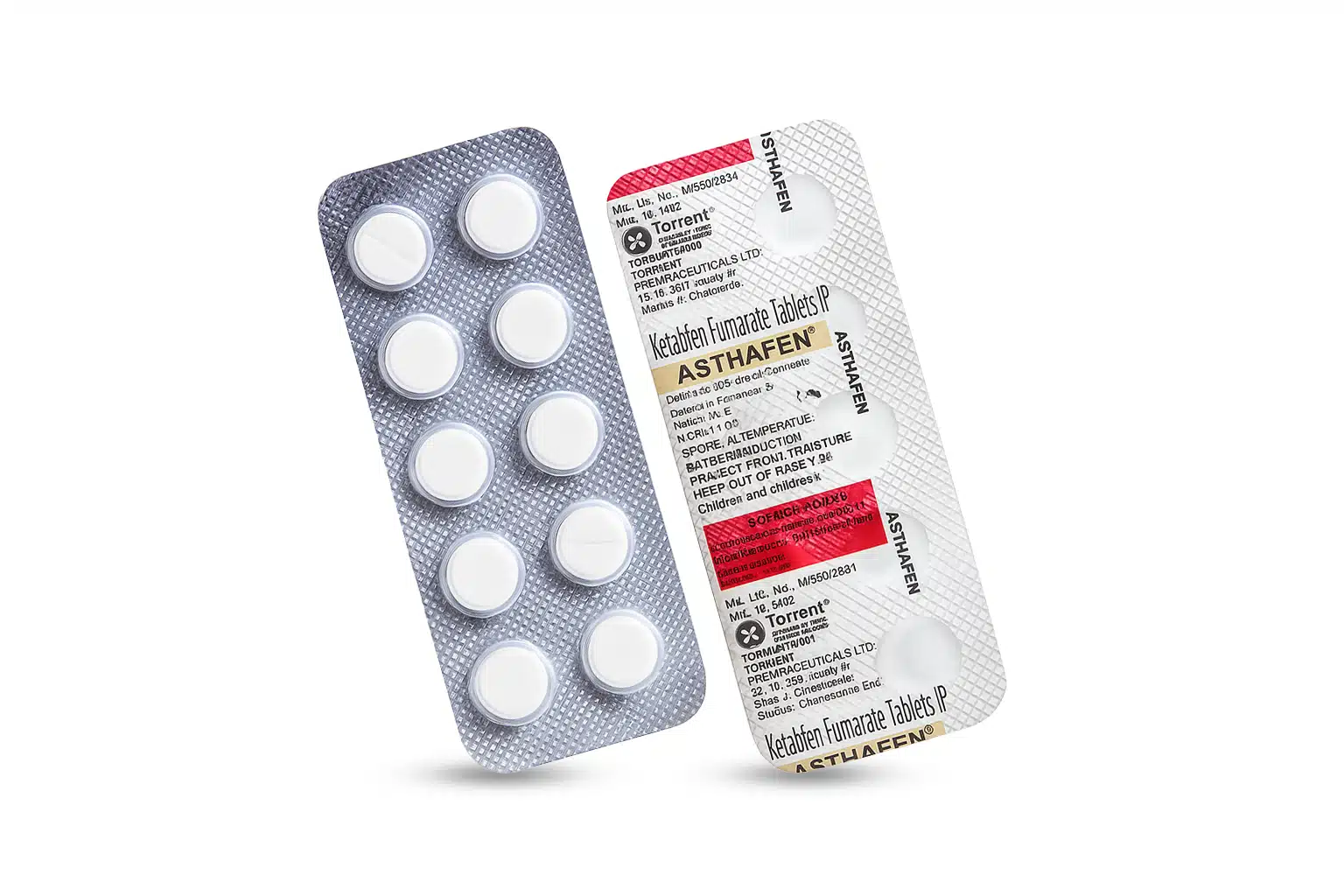

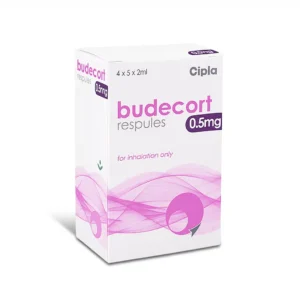

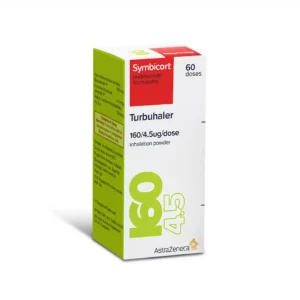
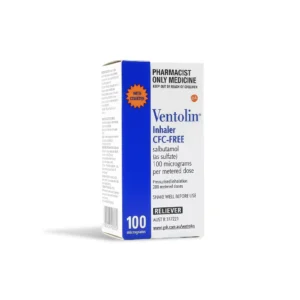
Sarah Mitchell –
Good for allergies. Calms down wheezing at night